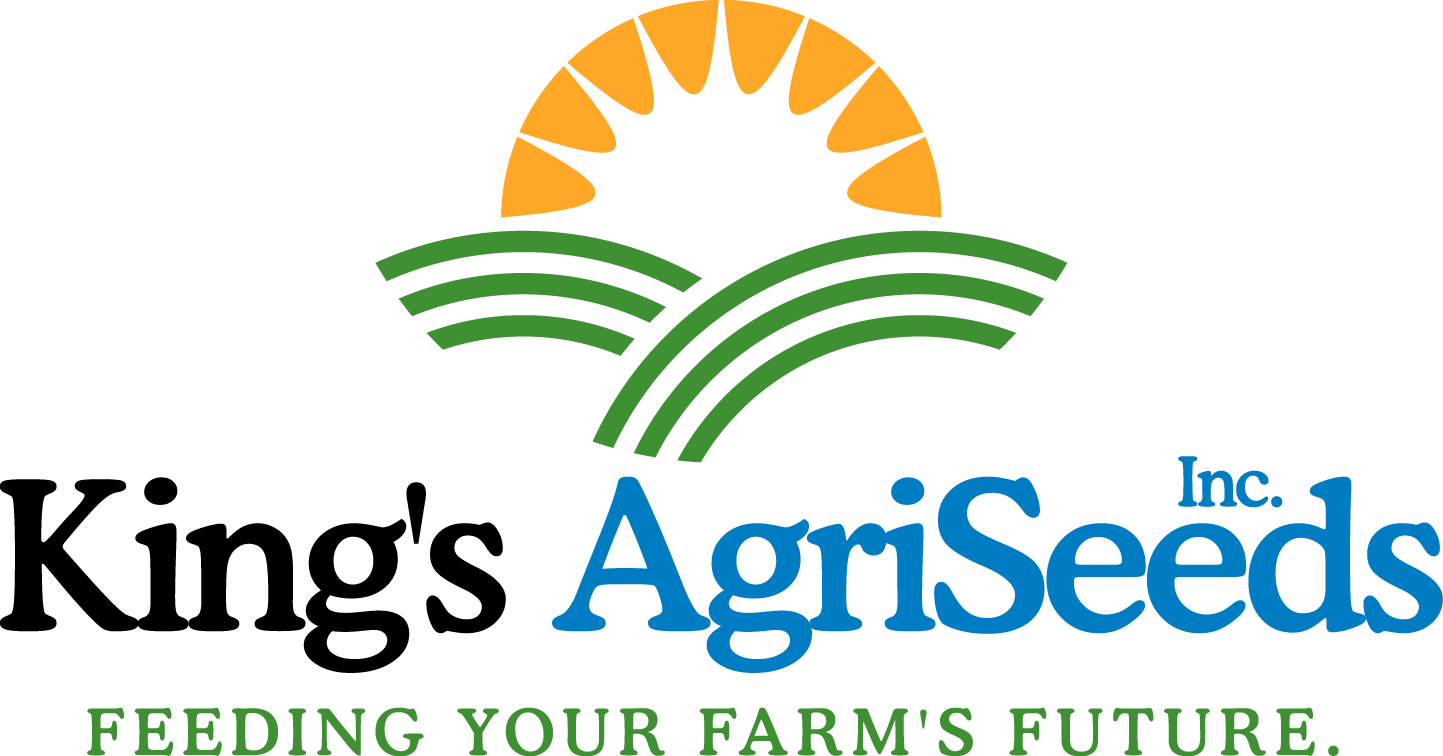Lancaster County Trials Show Hemp Upgrades for 2021

Pre-introduction CBD hemp variety trials in late July at King’s AgriSeeds research farm in Christiana, PA. With F1 hybrids, more promising varieties are in the breeder pipeline.
Hemp breeders are rapidly improving CBD hemp product quality and striving to reduce risk for growers. The pre-introduction trials we conducted at King’s AgriSeeds showed significant upgrades over this season’s commercial varieties. For 2021, day-neutral varieties are even more efficient to grow with higher yield per acre. New photosensitive varieties are stocky plants that have about 10% more biomass than the commercial variety we tested. Both types have higher cannabinoids and safer CBD to THC ratios.
Since 1993, King’s AgriSeeds has independently researched varieties and crop culture on our farm in Christiana, PA. This local work gives Northeast and Mid-Atlantic growers confidence when choosing competitive seed varieties and planning best cultural practices. This past summer, we conducted pre-introduction trials with Phylos Biosciences, a leading industrial hemp breeder. Fifteen never-seen-before varieties were evaluated for field performance, yield, CBD rates and flower quality. Field performance included seedling emergence, plant vigor, growth habit and uniformity.
Growing Methods
The day-neutral (autoflower) varieties from Phylos were direct sown on June 10th. Growing conditions were ideal for the next 7 days, with adequate rainfall and temperatures averaging 72F. Seedlings emerged within a week. The crop was irrigated a total of three times during the season. Strong tap roots ultimately grew to 10 inches deep in our healthy, organic matter rich soil. Granular fertilizer was applied preplant and during the crop cycle. The varieties matured at hip-height between 60 and 75 days.
Photosensitive varieties from Phylos were grown from 21-day-old transplants on raised beds. The crop was irrigated and fertilized through a drip system each week. At harvest in mid-October, plants varied from 4 to 7 feet tall and 4 to 6 feet wide.
Poor Performers
Before yield and COAs were analyzed, several varieties could be ruled out based on physical characteristics. Some were simply too big. Others did not have uniform growth or were weak and lodged prior to harvest. Disease and insect pressure can vary by location and environment. At our farm, all varieties were susceptible to leaf spot, a few quite severely. Caterpillars were less attracted to some varieties but devoured others, causing significant damage to flowers and paving the way for botrytis to set in.
Results: The future is bright for autoflower varieties!
In August, King’s AgriSeeds hosted several on-farm events to show growers the trials in progress. At that time, eight autoflower varieties were nearly ready for harvest. The differences between the F1 hybrids versus selected varieties were visually striking. The hybrids boasted much higher vigor and stockier plant architecture, heavy with dense flower buds. At less than 15% of overall weight, stems and branches were a fraction of the biomass in these new F1 hybrids. Growers will harvest big returns with little waste. The CBD to THC ratios for Phylos’ 2021 autoflower varieties range from 26:1 to 30:1, a respectable improvement.

Currently available AutoCBD NBS CBD-1 on far left and two potential introductions for 2021 on right next to a 36-inch measuring stick. Phylos’ new day neutral F1 hybrids are robust, increasing yield by more than 30% in the same crop time of 9 to 11 weeks.
Results: Photosensitive varieties continue harvest September through October
Pre-introduction photosensitive varieties hybrids showed wide variability in plant architecture and bud density. Flower buds were more compressed and larger on pyramidal plants while flowers were evenly distributed crown to base on globe-shaped plants. These characteristics are important to know before planning population density and harvest method. There were no hermaphrodites in the pre-introduction varieties.

Tall, narrow shape compared with round bushy habit influence flower qualities and harvest efficiency. Variety on the left had 72% biomass compared with 63% on right.
Flower quality ranged from prolific, somewhat loose buds to dense, long clusters suitable for smokable flower. Interestingly, varieties with fewer branches and longer colas yielded 72% biomass compared to 63% on the globe-shaped variety. Harvest timing for photoperiod varieties was late summer to the end of October.

Harvest timing varied from early September to Late October in the photosensitive variety trial (Photo taken 9/28/2020).
At time of publication, Phylos Biosciences is still analyzing trial data. Stay tuned for 2021 variety announcements in December! King’s AgriSeeds can recommend several cover crops to prepare next year’s hemp fields for high yield and better weed control. For seed and cultural information, contact King’s AgriSeeds.
_________________________
Sarah Mitchell is King’s AgriSeeds Industrial Hemp Specialist. She had first-hand experience with this variety trial from sowing through harvest. For more information, contact Sarah at [email protected]
